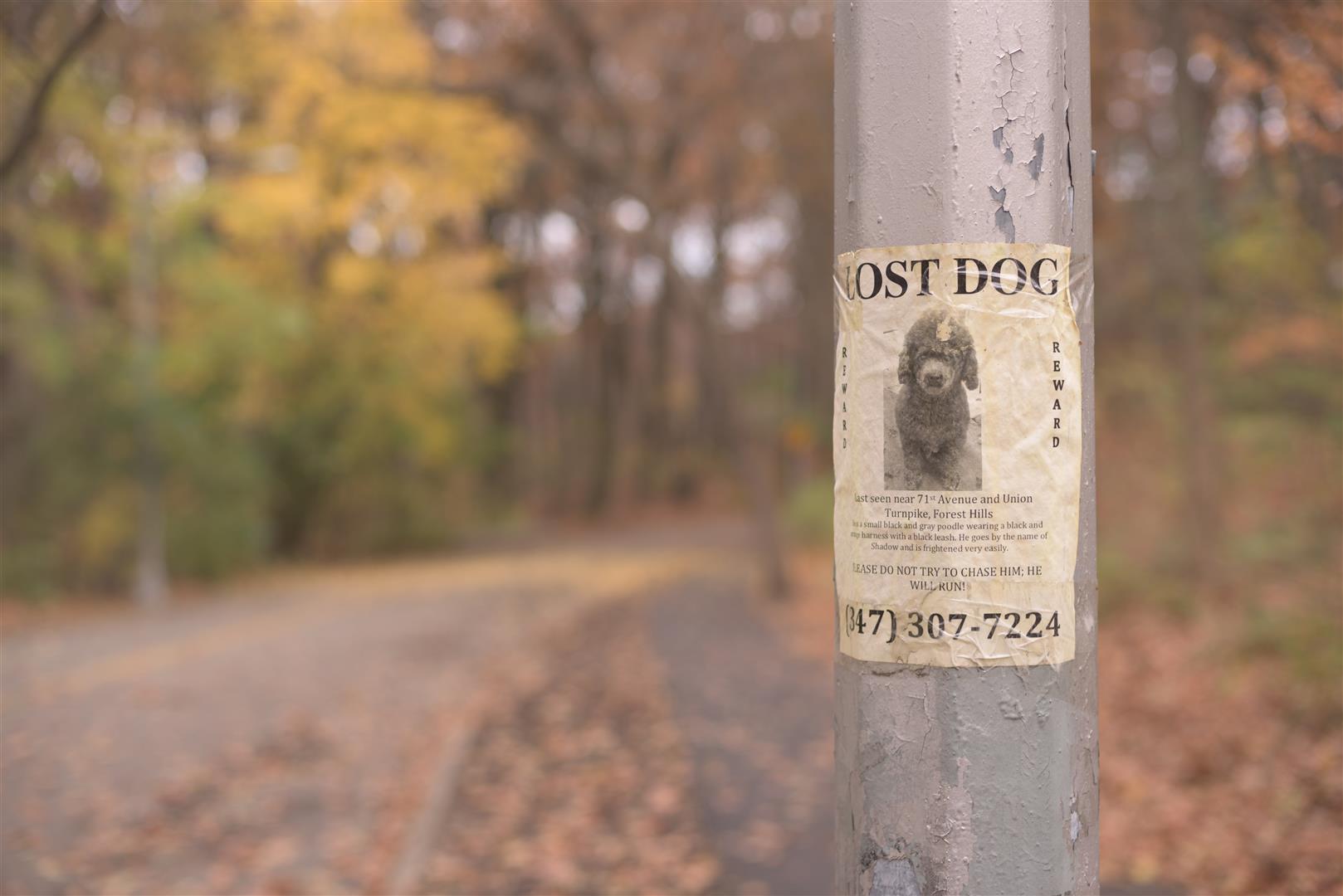GARDEN ROUE | KAROO NEWS - Do you think your dog suffers from separation distress? How would you know and what are the signs? According to local animal behaviour practitioner George van Huyssteen, separation distress or anxiety in dogs is often over-diagnosed.
"Firstly, a lot of awareness has been raised about this specific behaviour issue, and with more awareness comes more diagnosis.
"The problem, however, is that there are several medical and other behavioural issues that might mimic separation distress, causing dogs to be lightly 'diagnosed' with it when they are actually suffering from something else," Van Huyssteen says.
Behaviours that often get misdiagnosed
Let us start with barking. There are many reasons why dogs might bark, and such barking might happen either in the presence of an owner or while he is away. For example, dogs might bark because they are in discomfort or pain, they might be frustrated, they might bark because of territorial aggression, social facilitation when they hear other dogs bark and join in, canine cognitive dysfunction, or many other anxiety-related disorders.
One common reason for barking is boredom. This barking in working dog types is often simply because of a lack of mental and physical stimulation. This will usually start an hour or more after you have left the house and last for a limited period only.
Bored dogs will find something to do and barking is a favorite pastime. They might even chew on anything they can find and or raid the cupboards for food.
Unfortunately, bored dogs can be destructive as well. As their mental and physical needs have not been met, they will find something to do, and in many cases, what they find to do is not something the owners approve of. Should anxiety medication be prescribed for such a dog, it will not affect his behaviour. In fact, in some cases, it might worsen it.
 As their mental and physical needs have not been met, they will find something to do.
As their mental and physical needs have not been met, they will find something to do.
How would you know if your dog is suffering from separation anxiety?
Signs tend to start before or within the first 30 minutes after an owner has left the dog on its own.
One symptom of a dog who suffers from separation distress is vocalisation (barking, howling, whining or whimpering). That, however, is not the only sign to look for when diagnosing this.
Other behaviours might consist of house soiling, drooling, shaking, panting, nervous pacing as owners get ready to leave, destructiveness, not eating, and in some more severe cases, the dog will become depressed and will not respond to an owner at all.
Some dogs might even become aggressive towards the owners when they attempt to leave the house. In separation distress, many dogs will do everything they possibly can to prevent being left alone - even escape from an area where they are confined. Scratching and damaging door frames, tearing down curtains, and even pushing windows open and breaking windows are common behaviours.
 Other behaviours might consist of house soiling, drooling, shaking, panting, nervous pacing as owners get ready to leave.
Other behaviours might consist of house soiling, drooling, shaking, panting, nervous pacing as owners get ready to leave.
Why does this happen?
It is important to note that dogs that suffer from separation-related problems are not naughty when doing some or all of the above. Separation anxiety is an extreme form of distress and can be complicated, but medication and a behaviour modification programme usually make life easier for the dog.
When a dog suffers from separation distress or anxiety, a specific emotional system in the brain gets activated. Jaak Panksepp, a well-known neuroscientist, named this system the panic system. As there are emotions behind this state, it is impossible to punish or train a dog out of it.
In the case of the bored dog, training might work very well, and you might see a big difference in no time. But in the case of separation distress, things are more complicated.
Another way of interpreting panic at separation is in terms of behavioural helplessness. Helplessness happens when a dog perceives significant events as unpredictable and uncontrollable. In addition to this, high levels of frustration when an owner leaves can cause separation distress.
While the anxiety part in separation distress is primarily under the control of classical conditioning, the aspect of frustration can be influenced or addressed by instrumental learning mechanisms.
How to help a dog that suffers from separation related problems
In extreme cases medication can be very helpful, provided the condition has been accurately diagnosed, but together with this, a programme that includes desensitisation might be needed. In severe cases, dogs might actually injure themselves while attempting to escape from being left alone, and in such cases the dog should not be left alone at home until it has learned to cope with being left alone. Because there are emotions behind the behaviour, such a dog will need your understanding as an owner.
As I said before, dogs who suffer from separation distress are not naughty, they are really having a very difficult time coping in the absence of a human.
 Dogs who suffer from separation distress are not naughty, they are really having a very difficult time coping in the absence of a human.
Dogs who suffer from separation distress are not naughty, they are really having a very difficult time coping in the absence of a human.
'We bring you the latest Garden Route, Hessequa, Karoo news'















